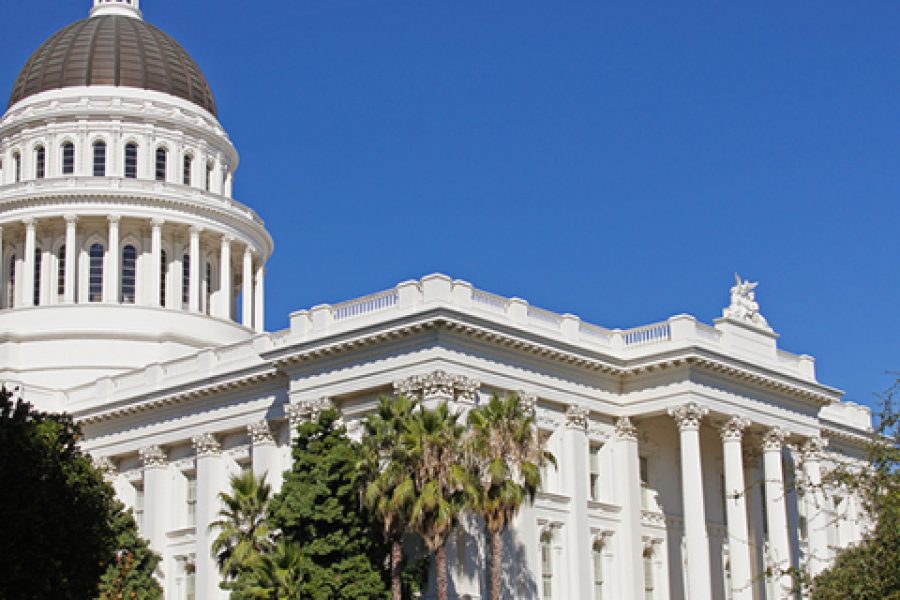The state of California, which can’t keep the lights on thanks to political interference in energy generation, nor build enough homes because government has poisoned the housing market, is going into the pharmaceutical manufacturing business. But there’s nothing to worry about. If it struggles, taxpayers will be there to bail it out.
Senate Bill 852 swept through the Legislature with little opposition. The Senate passed it 31-8, the Assembly 66-7. The signature of Gov. Gavin Newsom is essentially automatic.
Under SB852, the California Health and Human Services Agency is required to “partner or contract to manufacture generic prescription drugs,” and “to hire staff for this purpose,” according to the Senate floor analysis, at a cost of $1 million to $2 million. The drugs are to “be made widely available to public and private purchasers, providers and suppliers, and pharmacies.”
Newsom wanted the law so the state could “take the power out of the hands of greedy pharmaceutical companies.” It’s nothing we haven’t heard before. The industry’s “greed” is an often-invoked complaint. But drug companies are under no obligation to price their products to suit Newsom or any other government official.
Though the market outcomes they produce frequently displease some, free markets work. They allocate resources far more efficiently than central planners – think of the permanent shortages that wracked economies controlled by the state in former Soviet bloc nations. Newsom and others might not like drug prices, but that doesn’t mean those prices are wrong.
They are skewed, though, when the state intervenes in the market process. Prices fixed or influenced by bureaucrats don’t reflect the value to consumers of the affected goods and services. The more government is involved “in the provision of a good or service,” says economist Mark J. Perry, who has made a chart to back his words, the more the prices increase over time.
Also missing from California’s dive into “generics for all” is the fact that overall health care costs, which have been steadily rising (look again at Perry’s chart), are not driven by drug prices. Expenditures on pharmaceuticals as a share of national health care spending is roughly the same today as it was in 1960 – about 10%. Over the same time, health care expenditures as a share of GDP have grown from about 5% in 1960 to 18.2% at the end of 2016.
Consequently, “the focus on drugs as the key to controlling the systemic affordability problem is destined to fail,” says PRI senior fellow and director of PRI’s Center for Medical Economics and Innovation Wayne Winegarden.
Winegarden has also pointed out that an effort to bring down costs of generic medications makes no sense, because “there’s not much room for generic drug prices to decline further.”
“Ninety-five percent of prescriptions for generic drugs cost $25 or less,” he says, and generics account “for nine in 10 prescriptions filled.”
Winegarden also notes that the average copay for a generic drug is $6.06, leaving little room to cut costs even deeper.
Rather than set up what will become a hopelessly bureaucratic state pharmaceutical division, lawmakers should focus on legislation that would make health more affordable, such as allowing consumers to cut costs through short-term health insurance plans – which they banned almost two years ago. They could even cut the steep taxes on providers and medical devices, and lift regulation that, Mercatus Center researchers say, “inhibits the development of innovative business models that could potentially lower the cost and improve the quality of care.”
Instead, Sacramento is eyeing a takeover of the medical system that will be both economically ruinous and always “in a constant state of emergency.” This is where the current political gales are blowing us, into a health care version of a hot night with no lights and no air conditioner.
Kerry Jackson is a fellow with the Center for California Reform at the Pacific Research Institute.


